Foods That Helps Lower Your Blood Pressure Naturally
High blood pressure, also known as hypertension, is a common condition that affects millions of people worldwide. While medications are often prescribed to manage hypertension, incorporating certain natural foods into your diet can also play a significant role in lowering blood pressure levels. These foods are rich in nutrients like potassium, fiber, antioxidants, and healthy fats, which have been shown to help regulate blood pressure. Let’s explore 10 natural foods that can aid in lowering blood pressure and how to incorporate them into your diet.
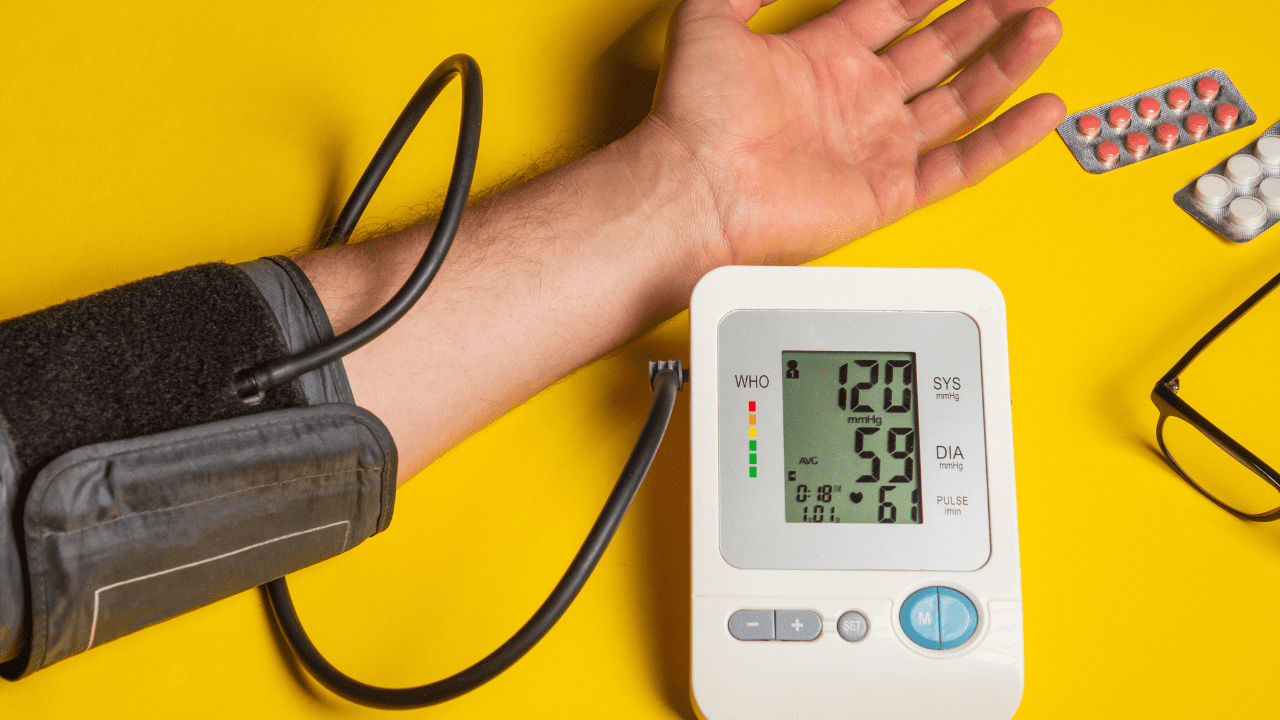
1. Leafy Greens (Spinach, Kale, Swiss Chard):
Leafy greens are nutritional powerhouses packed with potassium, a mineral that helps your body flush out excess sodium, thereby reducing blood pressure. Aim to include at least one to two servings of leafy greens daily, whether it’s in salads, smoothies, or cooked dishes.

Benefits: Rich in potassium, which helps the kidneys flush sodium from the body, reducing blood pressure.
Serving size: Aim for at least one to two servings (1 cup raw or 1/2 cup cooked) daily.
Preparation tip: Incorporate into salads, smoothies, soups, or stir-fries.
2. Berries (Strawberries, Blueberries, Raspberries):
Berries are loaded with antioxidants called flavonoids, which have been linked to lower blood pressure. Enjoy a cup of fresh or frozen berries daily as a snack, in yogurt, oatmeal, or as part of a fruit salad.
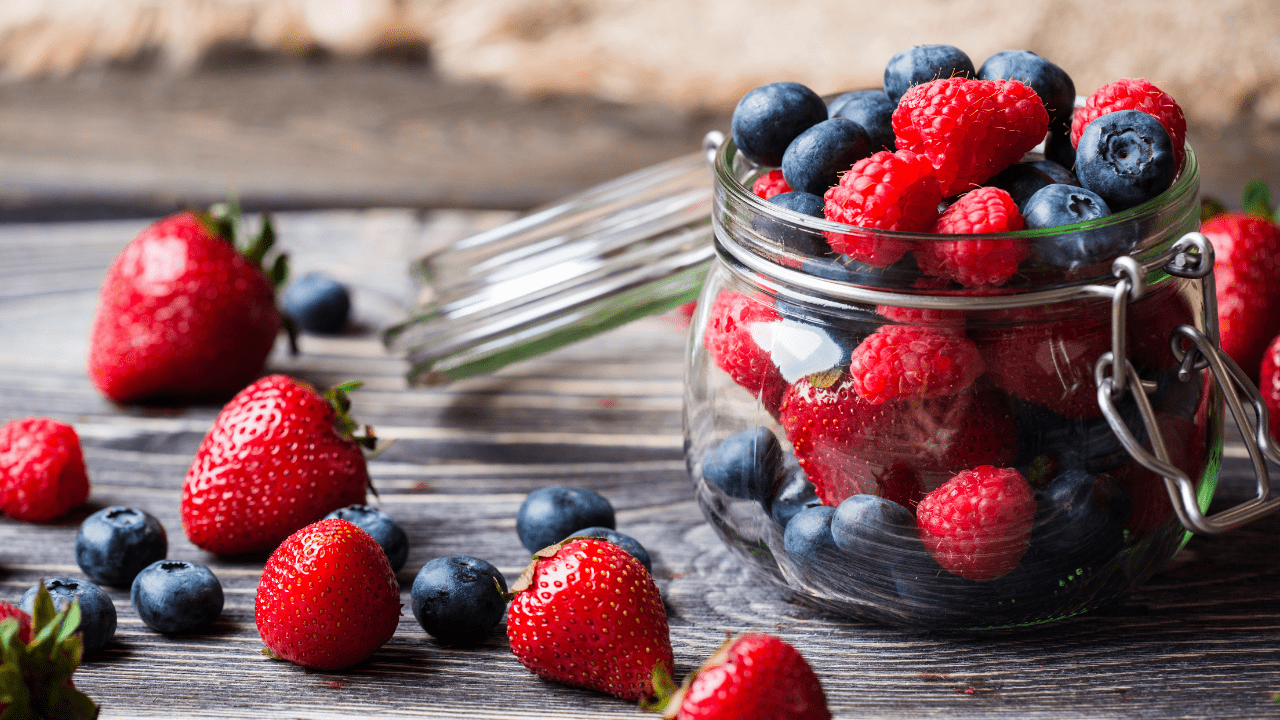
Benefits: High in antioxidants called flavonoids, which have been linked to lower blood pressure.
Serving size: Aim for 1 cup fresh or frozen berries daily.
Preparation tip: Enjoy them on their own, in yogurt, oatmeal, or as part of a fruit salad.
3. Oats:
Oats are a fantastic source of fiber and low in sodium, making them beneficial for reducing both systolic and diastolic blood pressure. Incorporate half a cup of cooked oats into your daily diet, whether it’s in oatmeal, granola, or baked goods.
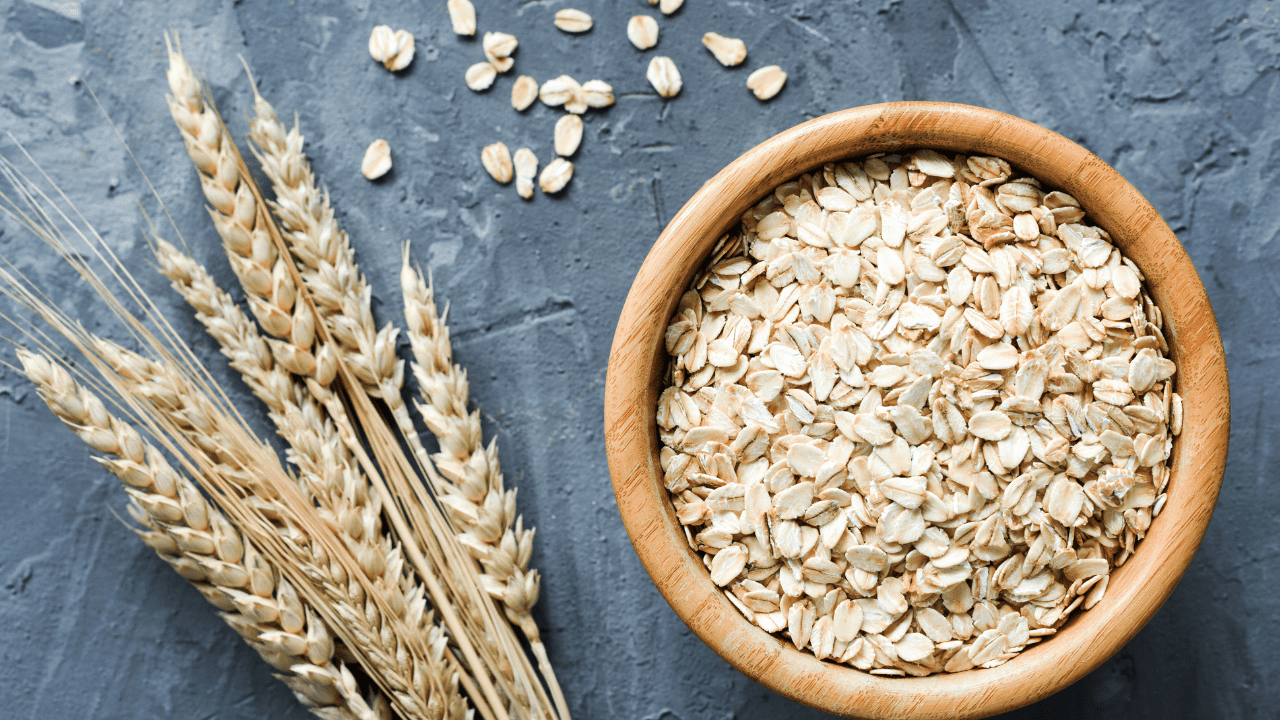
Benefits: Rich in fiber and low in sodium, oats can help lower both systolic and diastolic blood pressure.
Serving size: Aim for at least half a cup of cooked oats daily.
Preparation tip: Cook oatmeal with water or low-fat milk and add fruits or nuts for extra flavor and nutrients.
4. Garlic:
Garlic contains allicin, a compound known for its anti-hypertensive properties that help relax blood vessels. Aim for one to two cloves of fresh garlic per day, adding them to salads, soups, sauces, or stir-fries.
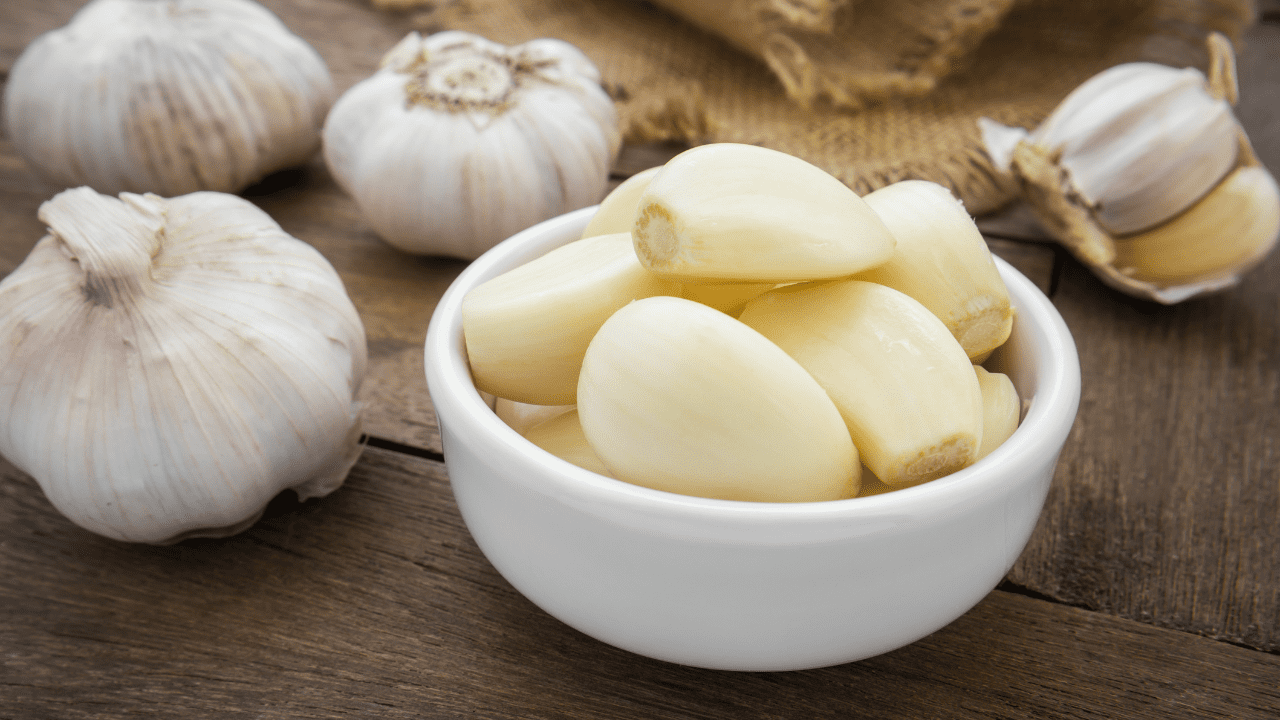
Benefits: Contains allicin, a compound with anti-hypertensive properties that may help relax blood vessels.
Serving size: Aim for one to two cloves of fresh garlic per day.
Preparation tip: Add minced or crushed garlic to salads, soups, sauces, or stir-fries.
5. Fatty Fish (Salmon, Mackerel, Sardines):
Fatty fish are rich in omega-3 fatty acids, which can help lower inflammation and blood pressure. Incorporate two servings of fatty fish per week into your meals by grilling, baking, or broiling them with herbs and spices.
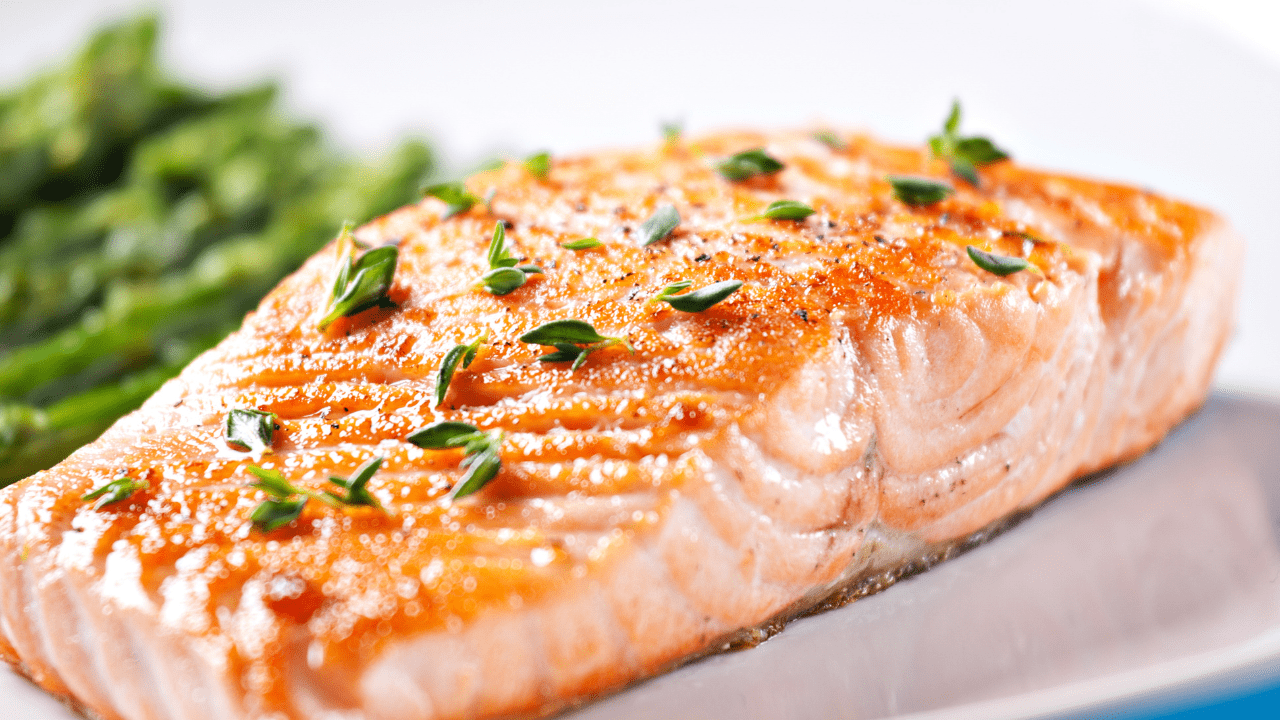
Benefits: Rich in omega-3 fatty acids, which can help reduce inflammation and lower blood pressure.
Serving size: Aim for two servings (3-4 ounces each) of fatty fish per week.
Preparation tip: Grill, bake, or broil fish with herbs and spices for a healthy meal.
6. Nuts and Seeds (Almonds, Walnuts, Flaxseeds, Chia Seeds):
Nuts and seeds are packed with potassium, magnesium, and fiber, all of which contribute to lower blood pressure. Enjoy a small handful of nuts or seeds daily as a snack or add them to salads, yogurt, or oatmeal.
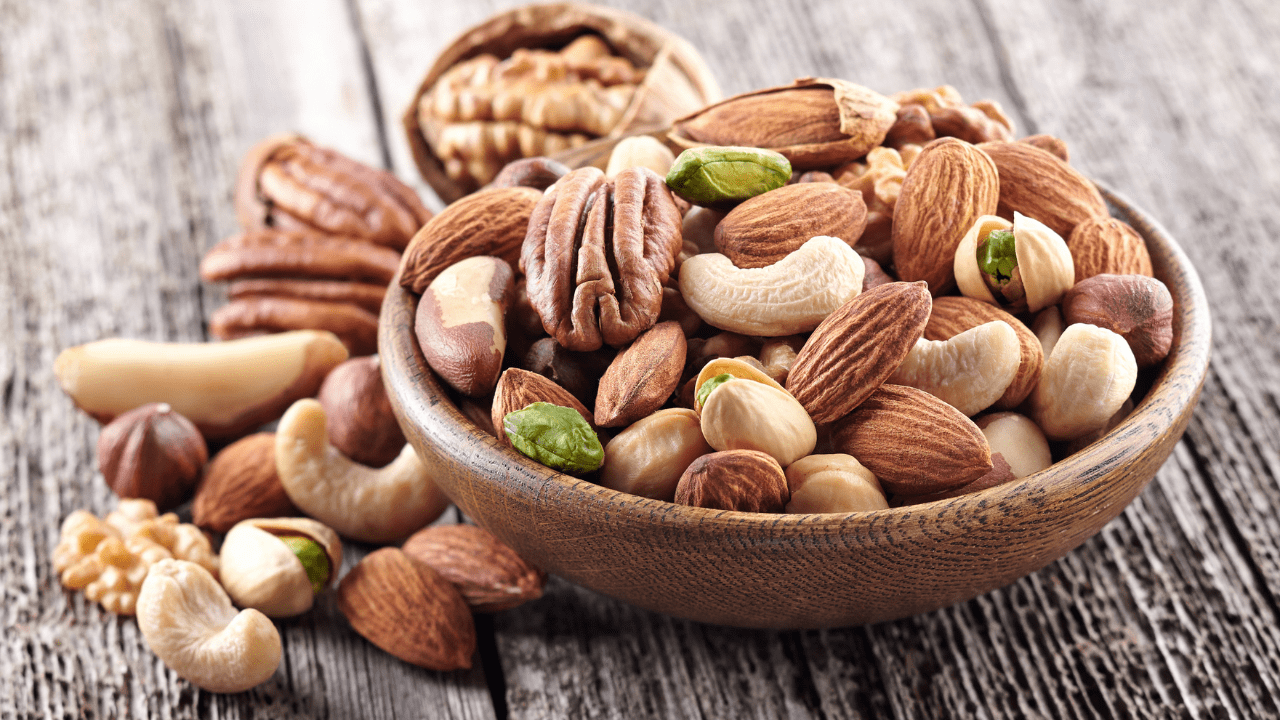
Benefits: High in potassium, magnesium, and fiber, which contribute to lower blood pressure.
Serving size: Aim for a small handful (about 1 ounce) of nuts or seeds daily.
Preparation tip: Enjoy nuts and seeds as a snack, sprinkle them on salads, yogurt, or oatmeal.
7. Beets:
Beets contain nitrates, which are converted into nitric oxide in the body, helping to relax blood vessels and improve blood flow. Incorporate half a cup of cooked beets into your daily diet by roasting, steaming, or grating them into salads or juices.
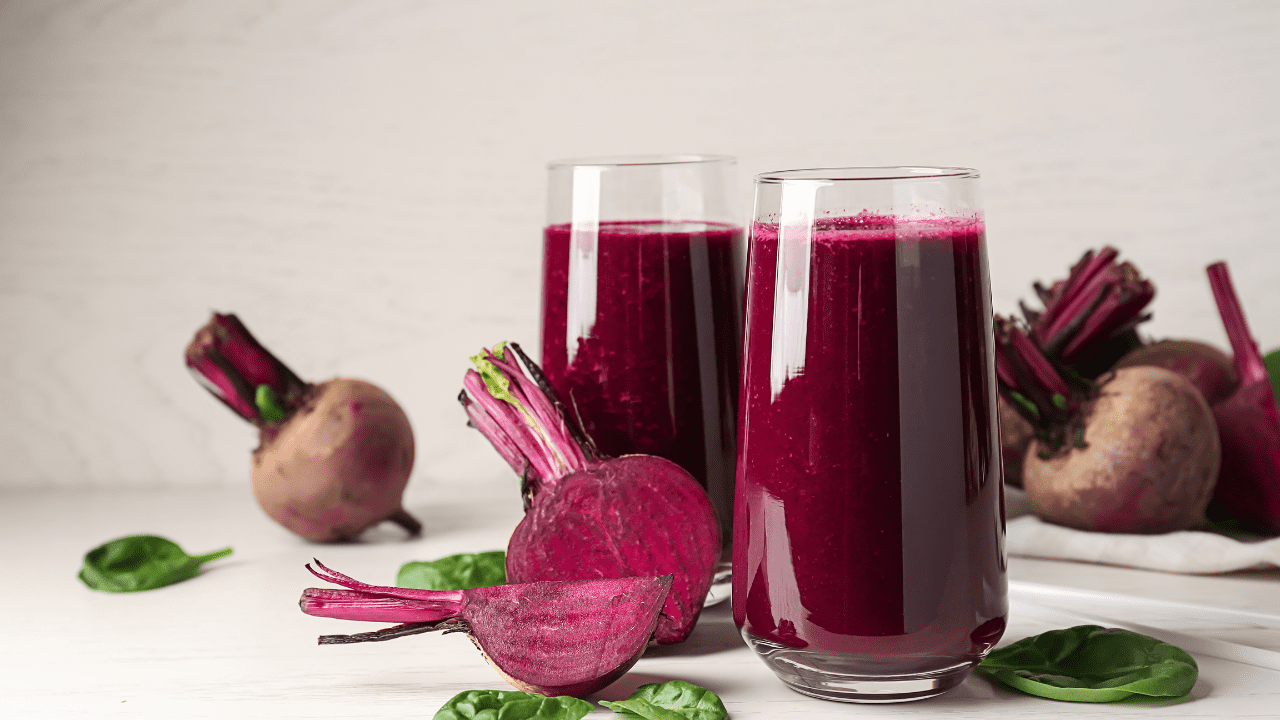
Benefits: Contains nitrates, which are converted into nitric oxide in the body, helping to relax blood vessels and improve blood flow.
Serving size: Aim for half a cup of cooked or one small beet daily.
Preparation tip: Roast, steam, or grate beets into salads or juices.
8. Greek Yogurt:
Greek yogurt is high in calcium and protein, both of which can help lower blood pressure. Enjoy a serving of plain Greek yogurt daily, either on its own or with fruits, nuts, or a drizzle of honey.
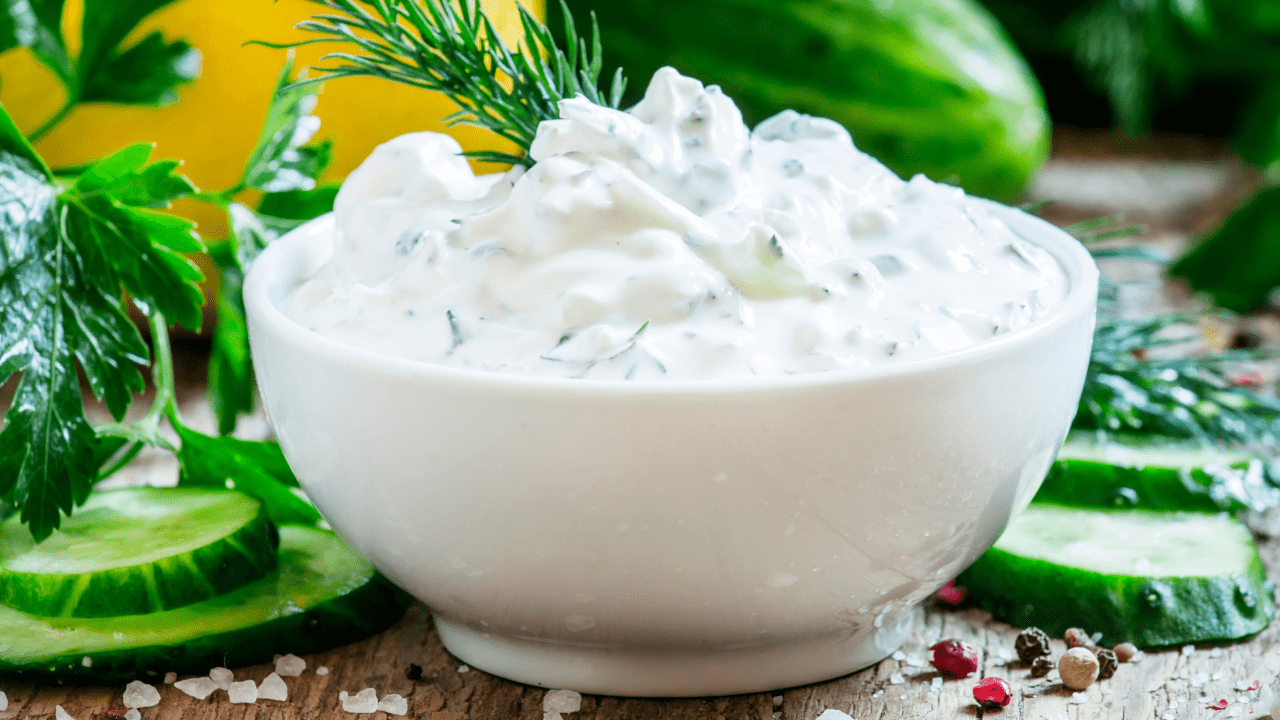
Benefits: High in calcium and protein, Greek yogurt can help lower blood pressure, especially when part of a balanced diet.
Serving size: Aim for one serving (6-8 ounces) of plain Greek yogurt daily.
Preparation tip: Enjoy Greek yogurt with fruits, nuts, or a drizzle of honey for added flavor.
9. Pomegranates:
Pomegranates are rich in antioxidants and polyphenols, which have been shown to reduce blood pressure and improve heart health. Incorporate a medium pomegranate or a glass of pomegranate juice into your daily diet.
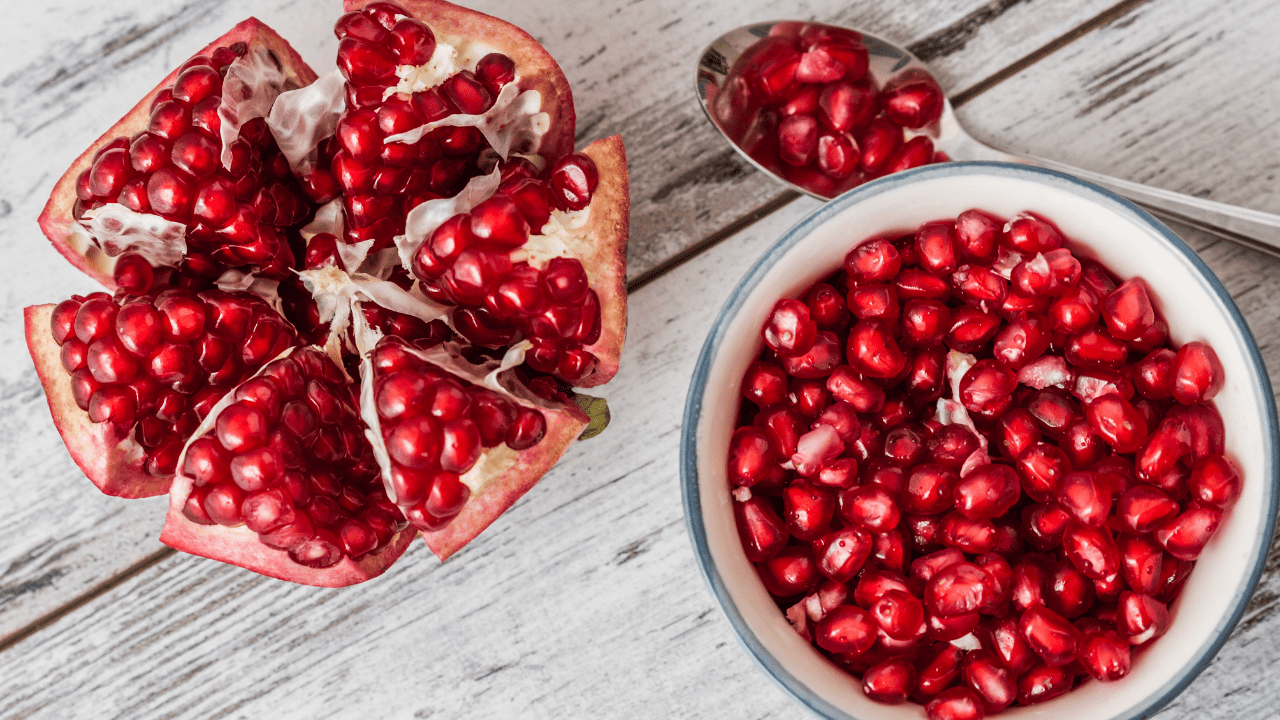
Benefits: Rich in antioxidants and polyphenols, pomegranates have been shown to reduce blood pressure and improve overall heart health.
Serving size: Aim for one medium pomegranate or a glass of pomegranate juice daily.
Preparation tip: Add pomegranate seeds to salads, yogurt, or oatmeal, or drink unsweetened pomegranate juice.
10. Dark Chocolate (with at least 70% Cocoa Content):
Dark chocolate contains flavonoids that can help improve blood flow and lower blood pressure. Enjoy a small piece of dark chocolate daily as an occasional treat, ensuring it contains at least 70% cocoa content.
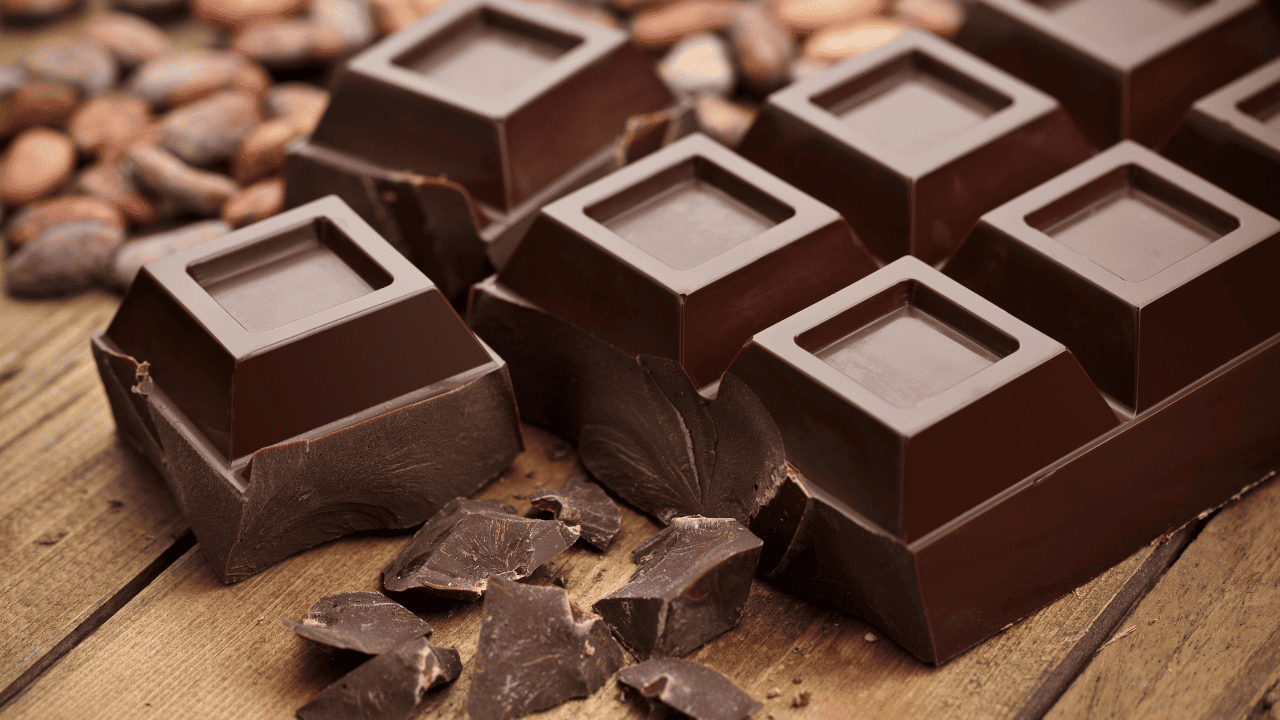
Benefits: Contains flavonoids, which have been linked to lower blood pressure by improving blood flow and reducing inflammation.
Serving size: Enjoy a small piece (about 1 ounce) of dark chocolate daily.
Preparation tip: Choose dark chocolate with minimal added sugar and enjoy it as an occasional treat.
Scientific evidence supporting the effectiveness of these foods in lowering blood pressure levels comes from various studies and research articles. For example, a meta-analysis published in the American Journal of Clinical Nutrition found that increased consumption of leafy green vegetables was associated with a lower risk of hypertension.
Similarly, research published in the American Journal of Hypertension has demonstrated the blood pressure-lowering effects of berries, garlic, fatty fish, nuts, and seeds. It’s important to note that while these foods can be beneficial for blood pressure management, they should be part of an overall healthy diet and lifestyle. Always consult with a healthcare professional for personalized advice regarding your blood pressure management.
Incorporating these natural foods into your diet, along with other healthy lifestyle choices such as regular exercise and managing stress, can contribute to better blood pressure management. Always consult with a healthcare professional for personalized advice on managing your blood pressure.

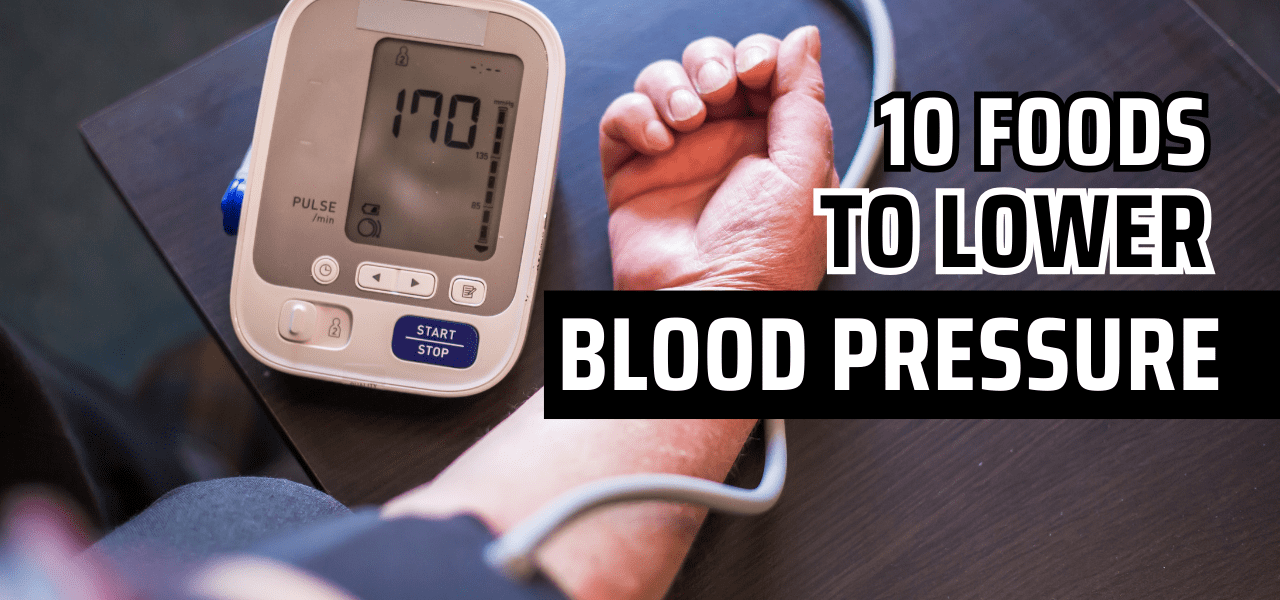



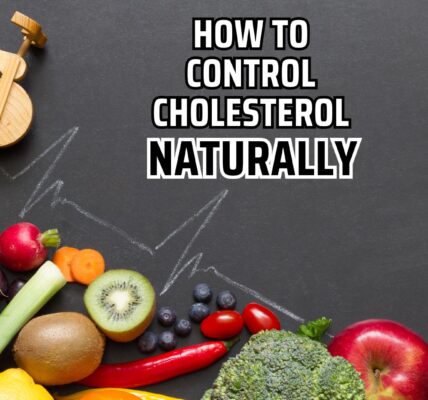





1 COMMENTS